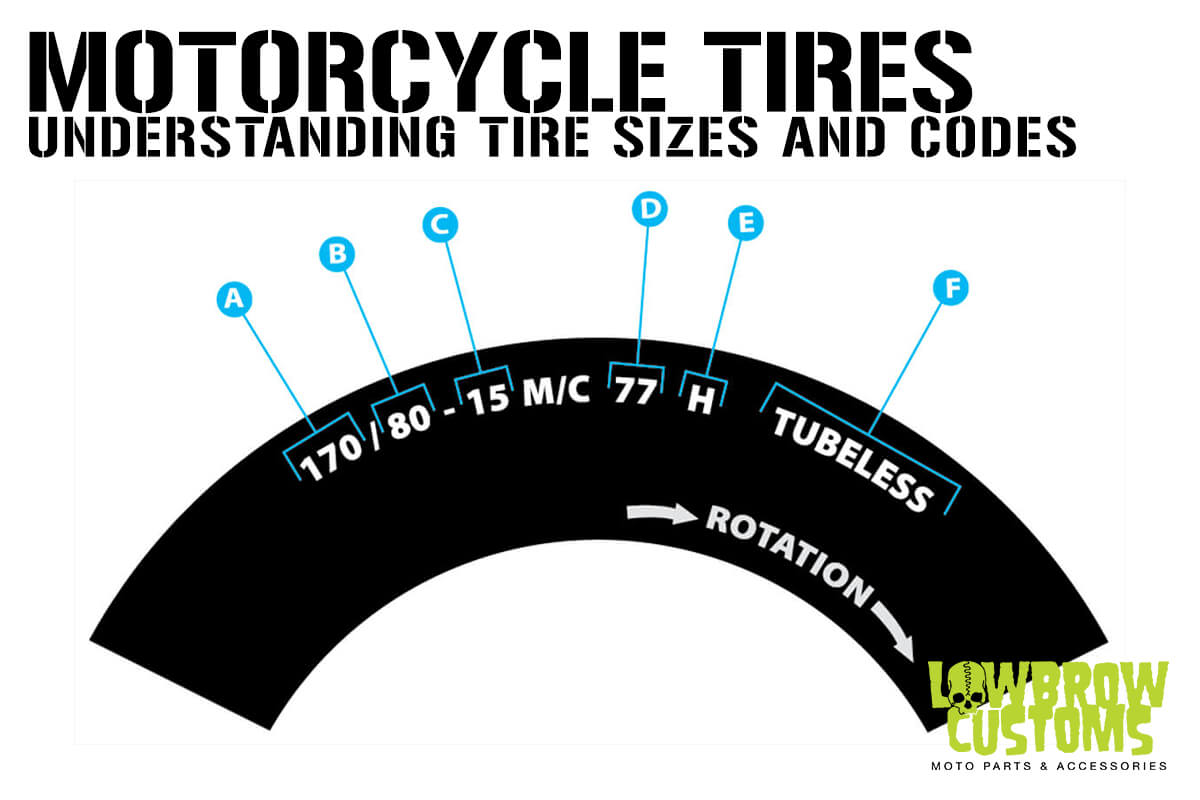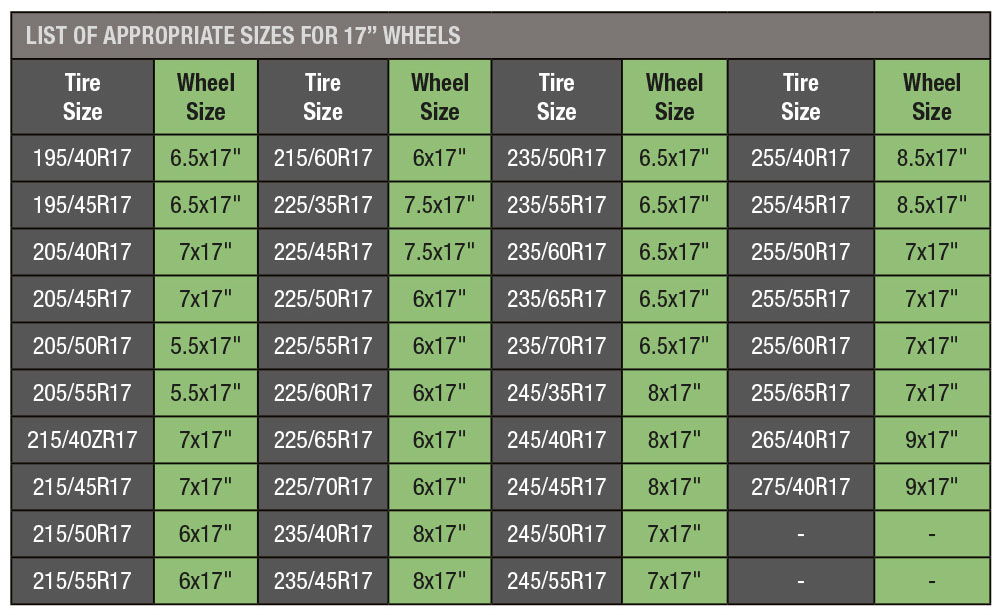

- #Compare tire sizes install#
- #Compare tire sizes drivers#
- #Compare tire sizes driver#
- #Compare tire sizes Patch#
- #Compare tire sizes software#
This calculator gives various tire measurements from standard tire Individual tires may deviate from these dimensions, and actual dimensions should be obtained from the manufacturer. Note: Dimensions displayed are calculated using industry standard tire sizing specifications.
#Compare tire sizes software#
Unauthorized reproduction of this software is strictly prohibitedĪnd will be prosecuted to the fullest extent of the law. Is the most popular application of this type on the net and is used byĬalculator is the property of Eunos Communications
#Compare tire sizes install#
Work, you may need to upgrade or install the Sun ( Note: If you don't see the Java calculatorīelow, make sure you have Java enabled in your browser. Shows your stock tire selection in an outline overlaid on your new tire Reading when you change the size of your tires and wheels.

By comparison, 4x4 truck tires have better traction on tough terrains like mud, grass, and snow without the tread area becoming clogged.Use the calculator to see what happens to your speedometer Standard tires perform poorly on surfaces like muddy ground because the tread quickly fills with mud and the wheel begins to spin uselessly, digging the tire deeper and deeper into a hole. But keep in mind that they’re not repairable, and you must replace it with a new tire as soon as possible.Ĥx4 truck tires feature a more widely spaced tread design than conventional car tires, chiefly a larger tread block and deeper tire grooves. In general, you should be able to travel up to 80 kilometers (50 miles) on a punctured run-flat tire. The functionality of a run-flat tire is provided by strong and thick reinforced sidewalls so that they can be driven on temporarily after a puncture.
#Compare tire sizes driver#
Why is it so revolutionary? In the event of a puncture, or a sudden drop in inflation pressure, a run-flat tire will remain fully operational until the driver can make it home or to the nearest garage safely. Run-flat tires are one of the greatest inventions in the automotive industry since the advent of the pneumatic tire or the transition from bias-ply to radial tires. If you are unsure about the right tire choice, please contact your local dealer for personal advice. But always remember that summer and winter tires are specifically tailored to the relevant conditions.
#Compare tire sizes drivers#
In addition, drivers can save money and time, and reduce the effort required for seasonal tire changes. Continental all-season tires offer safety and premium performance. For drivers, living in regions with mild winter conditions (temperatures rarely drop below freezing), all-season tires can be an alternative. Moreover, the increased rolling resistance will lead to higher fuel consumption and road buzz.Īn all-season tire combines characteristics of both summer and winter tires, offering a hybrid solution with the benefits of both. The compound is far too soft for dry asphalt, meaning it will wear out quicker. Winter tires shouldn't be used for the summer season, however. The winter tire also has a lot of sipes, which are excellent for clearing water and slush from the path of the car and mitigating the risk of hydroplaning. The tread design has deeper blocks that will dig into snow and ice to provide more grip. Instead, it stays flexible and limber in cold climates to reduce the stopping distance when braking. The tread compound of a winter tire contains more natural rubber, so it doesn’t harden when the temperature drops below 45 degrees Fahrenheit (7 degrees Celsius). Winter tires provide outstanding grip on road surfaces covered with snow and ice, as well as wet roads in cold conditions. When the temperature drops below 45 degrees Fahrenheit (7 degrees Celsius), the compound becomes hard and brittle, and the tread design can’t adequately handle snow or ice. However, these same characteristics – the unique rubber compound and simple tread design – make summer tires unsuitable for winter driving conditions. Consequently, the vehicle has superior traction and braking during dry summer months.
#Compare tire sizes Patch#
The tread pattern on a summer tire is more streamlined than a winter tire, with fewer grooves for water clearance, maximizing the contact patch with the road. They also have reduced rolling resistance and therefore provide greater fuel efficiency and generate less road noise. Summer tires have a dedicated rubber compound that delivers excellent grip and handling on both dry and wet roads in warmer conditions. As long as the right tire technology is applied, you can rest assured that the wheels of your car or truck will have superior handling and traction. These, in turn, are determined by the environment and conditions where the tire is in use. There are two key areas where one type is distinguishable from another – the rubber compound and the tread pattern.


 0 kommentar(er)
0 kommentar(er)
